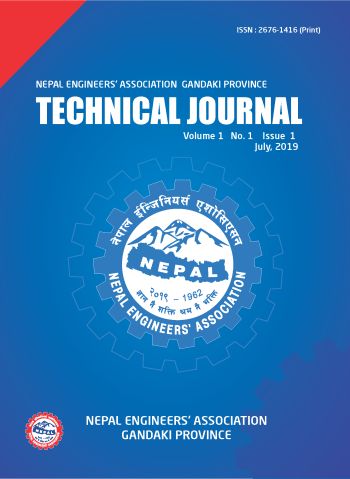Optimal Route Computation for Public Transport with Minimum Travelling Time & Travel Cost: A Case Study of Pokhara City
DOI:
https://doi.org/10.3126/tj.v1i1.27595Keywords:
Dijkstra's algorithm, Optimal path, Public transport, Route computation, Shortest pathAbstract
In road networks, it is imperative to discover a shortest way to reach the final destination. When an individual is new to a place, lots of time is wasted in finding the destination. With the advancement of technology, various navigation applications have been developed for guiding private vehicles, but few are designed for public transportation. This study is solely concentrated on finding the possible shortest path in terms of minimum time and cost to reach specific destination for an individual. It requires an appropriate algorithm to search the shortest path. With the implementation of Dijkstra’s algorithm, the shortest path with respect to minimum travel time and travel cost was computed. Public transportation network of Pokhara city was taken for the case study of this research. The results of this analysis indicated that when the “time” impedance was used by the algorithm, it generated the shortest path between the origin and destination along with the path to be followed. This study formulates a framework for generating itinerary for passengers in a transit network that allows the user to find the optimal path with minimum travel time and cost.
Downloads
Downloads
Published
How to Cite
Issue
Section
License
© Technical Journal
Authors are required to transfer their copyright to the journal.




